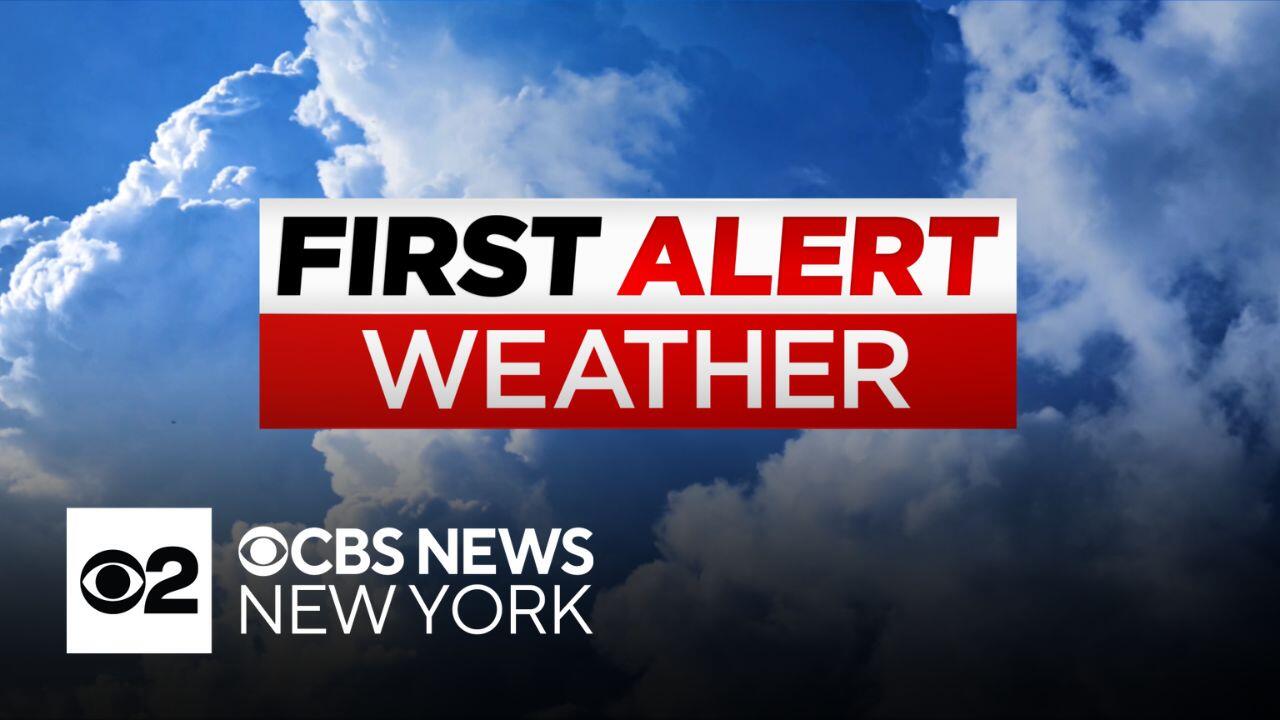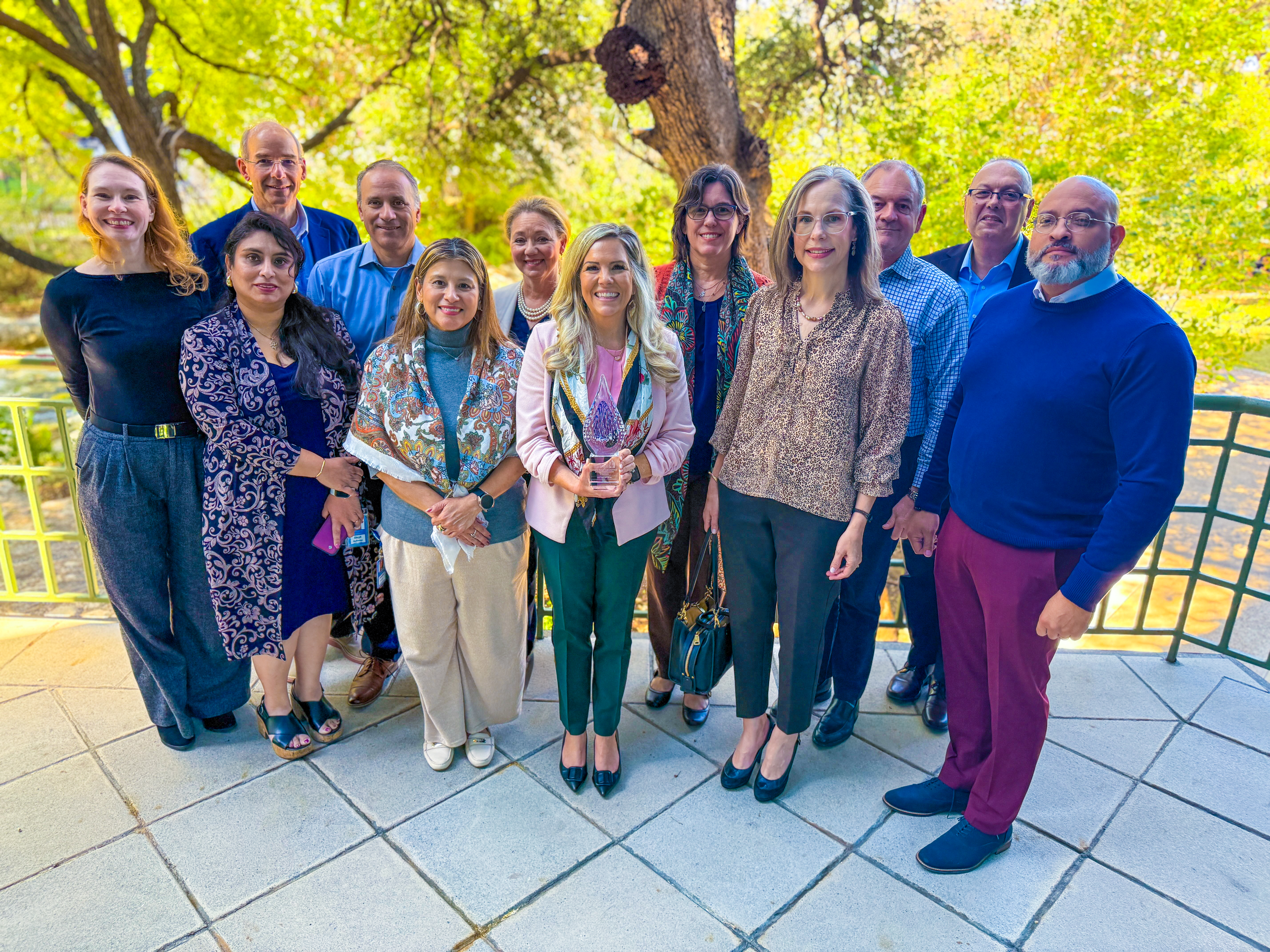Air quality alert for Tri-State Area extended through weekend due to Canadian wildfire smoke – ABC7 New York

Report on Air Quality Degradation in the Tri-State Area Due to Transboundary Wildfire Smoke
An air quality alert has been issued for the Tri-State area, extended through the weekend, as a direct result of smoke from ongoing Canadian wildfires. This environmental event poses significant challenges to public health and urban sustainability, directly implicating several United Nations Sustainable Development Goals (SDGs).
Environmental Conditions and Health Advisories
Northerly winds have transported smoke into the region, causing a significant decline in air quality. The Air Quality Index (AQI) has reached Level Orange (AQI 101-150), categorized as “Unhealthy for Sensitive Groups.” This situation is further compounded by a heat advisory issued for the upcoming week, with heat-index values expected to reach 105.
- Pollutant Source: Fine particulate matter (PM2.5) from Canadian forest fires.
- Visibility: Reduced to between 4 to 6 miles.
- Forecast: Smoke is expected to persist through Saturday and into early Sunday before potentially shifting towards New England.
Impact on SDG 3: Good Health and Well-being
The primary impact of the air quality event is on public health, undermining the objectives of SDG 3. Exposure to fine particulate matter poses direct health risks, particularly to vulnerable populations.
Identified Health Risks
- Short-term effects include eye, nose, throat, and lung irritation, coughing, sneezing, and shortness of breath.
- Exposure can exacerbate pre-existing medical conditions such as asthma and heart disease.
Vulnerable Populations
- Older adults (over 65)
- Children (under 14)
- Pregnant individuals
- Individuals with heart or lung conditions
- Outdoor workers
Official Recommendations for Public Health Protection
- Limit strenuous outdoor activity.
- Keep windows and doors closed.
- Utilize air purifiers where available.
- Consider wearing a high-quality mask when outdoors, especially for sensitive individuals.
Relevance to SDG 11: Sustainable Cities and Communities
This event highlights the vulnerability of urban centers to transboundary environmental hazards, a key concern for SDG 11. Maintaining safe, resilient, and sustainable communities requires effective management of air quality. The issuance of health advisories by agencies like New York City Emergency Management and the Department of Health Services demonstrates the critical role of municipal governance in protecting citizens and ensuring urban resilience in the face of environmental threats.
Connection to SDG 13: Climate Action and SDG 15: Life on Land
The incident is intrinsically linked to broader global environmental goals. The wildfires in Canada, often intensified by climate change-related conditions, represent a significant challenge to SDG 13 (Climate Action). The resulting loss of forests and habitat degradation directly impacts SDG 15 (Life on Land). The smoke enveloping the Tri-State area is a tangible, cross-border consequence of these interconnected environmental crises, underscoring the urgent need for comprehensive climate action and sustainable forest management to protect both ecosystems and human populations.
Analysis of Sustainable Development Goals (SDGs) in the Article
1. Which SDGs are addressed or connected to the issues highlighted in the article?
- SDG 3: Good Health and Well-being: The article extensively discusses the health impacts of poor air quality, particularly on sensitive groups.
- SDG 11: Sustainable Cities and Communities: The focus is on the Tri-State area and New York City, detailing how air pollution from wildfires affects the urban environment and its inhabitants.
- SDG 13: Climate Action: Wildfires are a climate-related natural disaster, and the article also mentions an impending heat advisory, linking the events to broader climate issues.
- SDG 15: Life on Land: The source of the problem is wildfires burning in Canadian forests, which directly relates to the protection and sustainable management of terrestrial ecosystems.
2. What specific targets under those SDGs can be identified based on the article’s content?
- Target 3.9: “By 2030, substantially reduce the number of deaths and illnesses from hazardous chemicals and air, water and soil pollution and contamination.” The article directly addresses this by describing the health effects of air pollution from smoke, such as “eye, nose, throat and lung irritation, coughing, sneezing, runny nose and shortness of breath,” and the worsening of conditions like “asthma and heart disease.”
- Target 11.6: “By 2030, reduce the adverse per capita environmental impact of cities, including by paying special attention to air quality…” The entire article is centered on the adverse environmental impact of poor air quality on New York City, with authorities issuing alerts and advisories.
- Target 13.1: “Strengthen resilience and adaptive capacity to climate-related hazards and natural disasters in all countries.” The article demonstrates this target in action through the response of city and state agencies like “New York City Emergency Management” and the “DEC and DOH,” which issue “Air Quality Health Advisories” and provide precautionary guidance to the public, thereby increasing the community’s adaptive capacity to a climate-related hazard.
- Target 15.2: “By 2020, promote the implementation of sustainable management of all types of forests, halt deforestation, restore degraded forests and substantially increase afforestation and reforestation globally.” The article’s mention of “fires burning in Canadian forests” highlights a failure or challenge in achieving sustainable forest management, which is crucial for preventing such large-scale wildfires.
3. Are there any indicators mentioned or implied in the article that can be used to measure progress towards the identified targets?
- Indicator 11.6.2: “Annual mean levels of fine particulate matter (e.g. PM2.5 and PM10) in cities (population weighted).” The article explicitly mentions that advisories are issued when “fine particulate matter (PM2.5)” is expected to exceed a certain level. It also provides a direct measurement through the Air Quality Index (AQI), stating it “has reached Level Orange (AQI between 101-150).” This AQI value is a direct indicator of air pollution levels in the city.
- Indicator 3.9.1: “Mortality rate attributed to household and ambient air pollution.” While the article does not provide mortality data, it directly discusses illnesses and health effects caused by ambient air pollution. The description of health impacts on “sensitive groups, including older adults, children, and people with heart or lung conditions” implies the measurement of morbidity (illness) rates related to air pollution.
- Implied Indicator for Target 13.1: The existence and dissemination of early warning systems. The article details the issuance of an “air-quality alert” and a “heat advisory” by official bodies. The communication of these warnings and safety precautions (“Limit outdoor activity, close windows, use air purifiers”) serves as an indicator of a functioning disaster risk reduction strategy.
4. Table of SDGs, Targets, and Indicators
| SDGs | Targets | Indicators |
|---|---|---|
| SDG 3: Good Health and Well-being | 3.9: Reduce illnesses from air pollution and contamination. | 3.9.1 (Implied): Reports of short-term health effects (irritation, coughing, shortness of breath) and worsening of chronic conditions like asthma and heart disease due to air pollution. |
| SDG 11: Sustainable Cities and Communities | 11.6: Reduce the adverse per capita environmental impact of cities, paying special attention to air quality. | 11.6.2: Levels of fine particulate matter (PM2.5) measured by the Air Quality Index (AQI), which reached “Level Orange (AQI between 101-150)”. |
| SDG 13: Climate Action | 13.1: Strengthen resilience and adaptive capacity to climate-related hazards. | Implied: Issuance of “air-quality alert” and “heat advisory” by emergency management agencies as part of an early warning system. |
| SDG 15: Life on Land | 15.2: Promote sustainable management of all types of forests. | Implied: The event of “fires burning in Canadian forests” serves as a negative indicator, highlighting challenges in sustainable forest management. |
Source: abc7ny.com

What is Your Reaction?
 Like
0
Like
0
 Dislike
0
Dislike
0
 Love
0
Love
0
 Funny
0
Funny
0
 Angry
0
Angry
0
 Sad
0
Sad
0
 Wow
0
Wow
0











































































